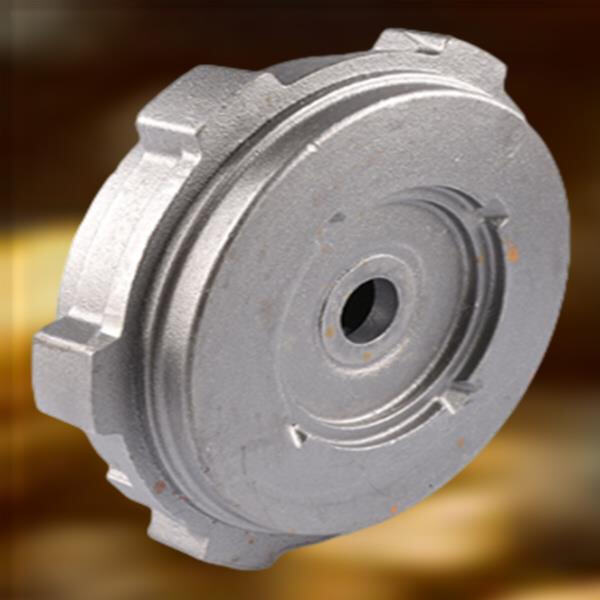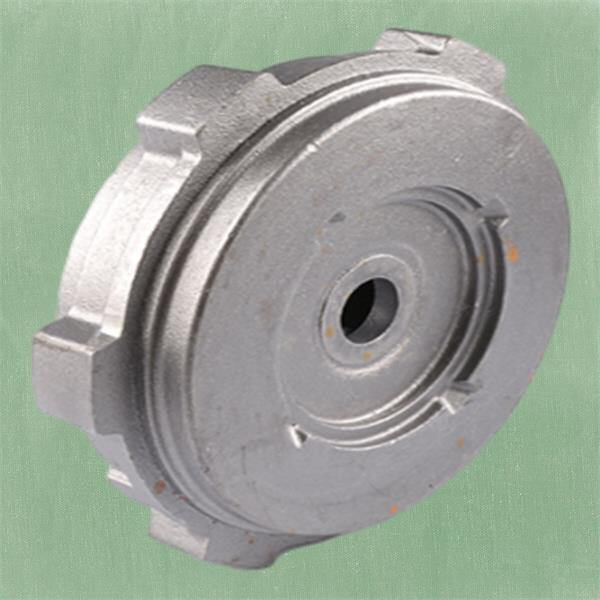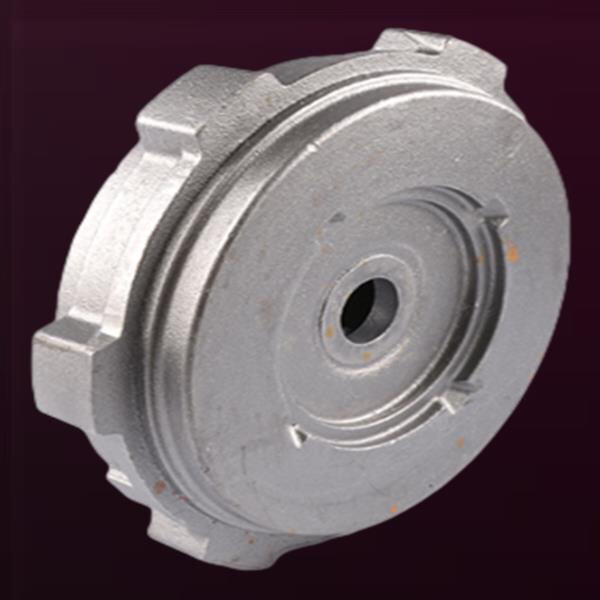Cool way to make metal parts for things: investment casting. It’s like magic! You take something that is wax and turn it into metal. How Investment Casting Works Let’s get down to it: How does investment casting work?
Investment casting, a process called for producing accurate metal parts. It starts by creating a wax mold of the part you are seeking. This wax mold is referred to as the pattern. After the pattern is made, it is coated in a special ceramic material, then heated to produce a ceramic shell around the wax. The wax melts away to leave an empty cavity, where you can then pour in the molten metal. Once the metal solidifies and the ceramic shell is removed, the metal part is exposed.
One of the coolest aspects of investment casting is the ability to create metal parts that have a high level of detail. The ceramic shell preserves every minuscule feature of the wax pattern, so the resulting metal part appears just as the original did. That’s valuable for creating things like jewelry, parts for aircraft and, yes, even dental implants. The level of artisanship required to produce these intricate metal parts makes investment casting a craft in itself.

Get to know the precise and versatile investment casting. It then can produce metal parts in all sorts of sizes and shapes, from tiny gears to large turbine blades. This technique accommodates more complex shapes and thinner walls than other methods. Due to the accuracy and flexibility of investment casting, it is the ideal method for industries that value precision and exactness.

Wax patterns play a very crucial role in investment casting. They make the shapes and details that will be produced in metal. The wax patterns are produced with specific tools and molds to make them identical and accurate. Just like with bad ink comes bad tattoos, you can’t cast great metal parts without good wax patterns. That is why it is important to create accurate and detailed wax patterns in investment casting.

Description: The most interesting aspect of investment casting is seeing wax forms become metal parts. Once the ceramic shell is filled with hot metal and the process is allowed to cool, the shell is cracked off to reveal the metal piece inside. It’s like hitting on buried treasure! Afterwards the metal part can be cleaned, polished, and finished as desired. It’s pretty mind-blowing that such a delicate thing as a wax mold can become a solid metal part through investment casting.

